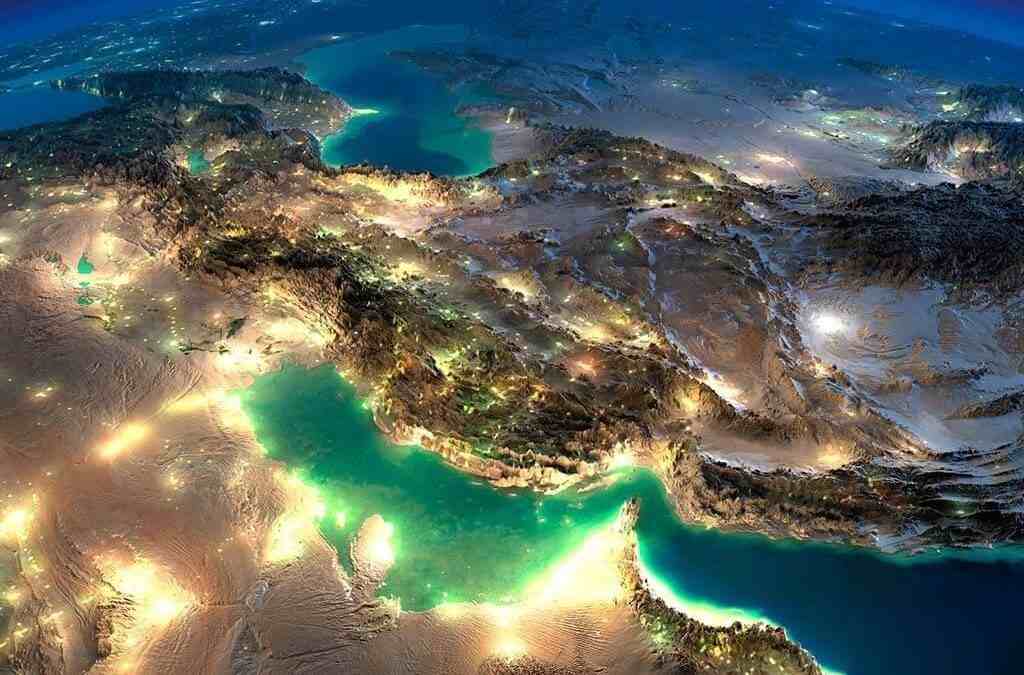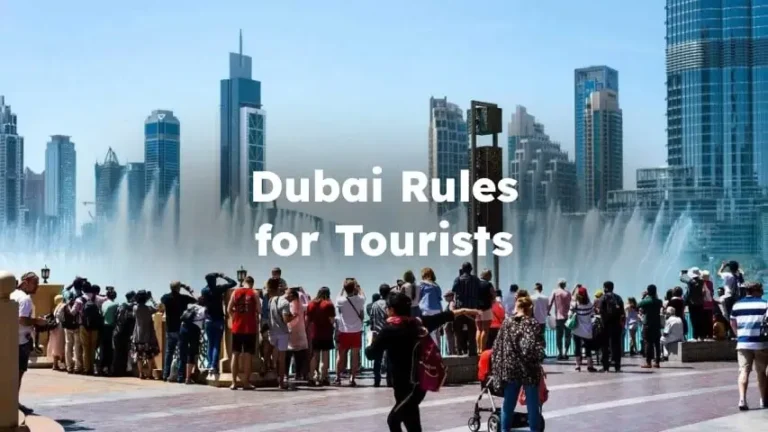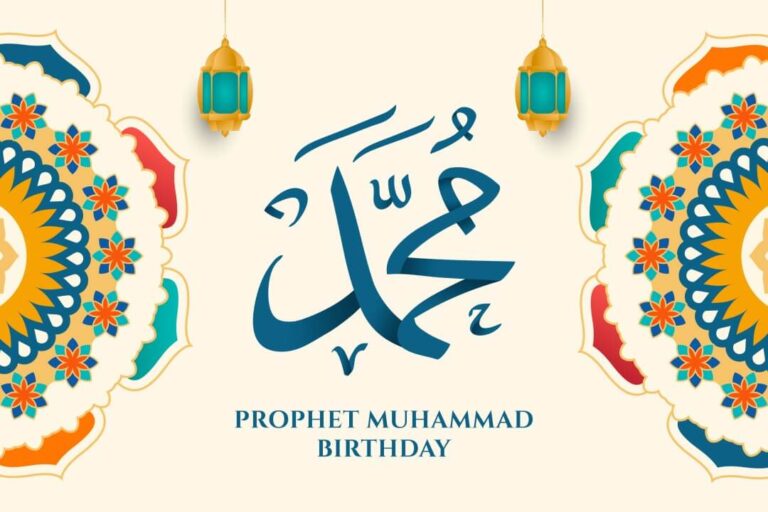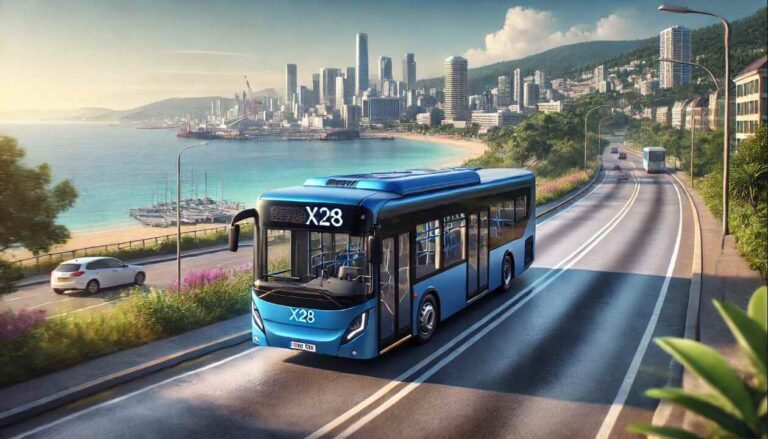Persian Gulf: A Deep Dive into the History, Geography & Geopolitics of a Global Crossroads
Beneath the searing sun of West Asia lies one of the world’s most geopolitically vital and geologically unique waterways: the Persian Gulf. Stretching nearly 990 kilometers and cradled between Iran and the Arabian Peninsula, this shallow marginal sea isn’t just a natural border — it’s a living archive of ancient civilizations, colonial ambitions, and modern energy dominance.
Often described as the heart of the Middle East’s maritime identity, the Persian Gulf is a crucial extension of the Arabian Sea and Indian Ocean, connected through the narrow yet strategic Strait of Hormuz. But to understand its true significance, one must look beyond the map — into its sediment layers, island chains, historical conquests, and contemporary disputes.
Geographical Context: More Than Just a Water Body
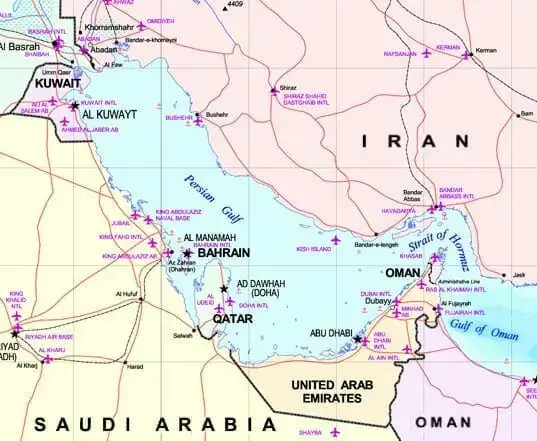
Spanning over 241,000 km², the Persian Gulf’s geography is as dynamic as its political narrative. It borders eight nations: Iran, Iraq, Kuwait, Saudi Arabia, Bahrain, Qatar, United Arab Emirates, and Oman. The Gulf’s shores are dramatically different: Iran’s side features jagged cliffs and mountainous terrain, while the Arabian side is largely composed of sandy beaches and coastal plains.
Its depth is relatively modest — averaging around 50 meters with pockets plunging to 90 meters — making it vulnerable to environmental pressures such as oil spills and overfishing. The Shatt al-Arab river delta in the northwest, where the Tigris and Euphrates meet, is one of the most ecologically significant entry points for freshwater inflow.
Islands and Disputes: From Qeshm to The Palm
The Persian Gulf hosts a constellation of islands, each playing a pivotal role in historical or contemporary geopolitics:
- Qeshm Island: The largest natural island in the Gulf, belonging to Iran.
- Bahrain: Once part of Persian empires, now an independent island nation.
- The World Islands in Dubai and The Pearl in Doha: Man-made marvels that symbolize regional ambitions.
Numerous other islands like Greater and Lesser Tunb, Kish, and Bubiyan are frequently referenced in territorial disputes, reflecting broader geopolitical frictions.
Oceanography & Climate: A Balancing Act of Salt and Sediment
The Persian Gulf’s hydrological cycle is governed by an intense evaporation rate (exceeding 1.8 meters/year), modest precipitation, and limited river input. Salinity is high, making the Gulf’s water denser than incoming ocean water. This causes salty Gulf water to exit from the bottom of the Strait of Hormuz while fresher Indian Ocean water flows in from the top — a delicate system studied through advanced 3D oceanographic models.
Biologically, the Gulf features extensive coral and rocky reefs, fish breeding grounds, and once-thriving pearl oyster beds. But industrialization, climate stress, and maritime pollution have severely impacted its ecology.
What’s in a Name? Persian Gulf vs. Arabian Gulf
The naming of the Persian Gulf is not just a matter of cartography — it’s a geopolitical flashpoint. Historically, dating back to Achaemenid and Greek sources like “Indikê,” the term “Persian Gulf” has been widely documented. But since the 1960s, amid rising Arab nationalism and Iranian-Arab rivalries, many Arab states have adopted the term “Arabian Gulf.”
Organizations like the International Hydrographic Organization and historical maps continue to validate “Persian Gulf” as the globally recognized term. At TheDubaiWeb.com, we use “Persian Gulf” to reflect academic and historical standards without political bias.
From Sumer to Silicon: A Historical Overview
⚓ Prehistoric & Ancient Civilizations
The Persian Gulf basin has been inhabited since the Paleolithic era. During the last Ice Age, much of the Gulf was a fertile floodplain, possibly sheltering early humans during climate extremes. Civilizations like Dilmun, Lakhmids, and Sumerians used this body of water as both a lifeline and a gateway for trade and agriculture.
⚔️ Imperial Influence: Achaemenids to Sassanids
Empires from the Achaemenids to the Sassanids harnessed the Gulf’s trade potential. The port city of Siraf in modern-day Iran was a bustling hub linking the Middle East to China and India. Naval operations, commercial fleets, and cultural exchanges flourished along its coasts.
🏴 Colonial Era: Portuguese, British, and Ottoman Powers
From the 16th century onward, European powers like Portugal and Britain vied for control of trade routes through the Persian Gulf. Portuguese forts on Hormuz, the British campaign against piracy in 1819, and the establishment of the British Residency of the Persian Gulf all underline the region’s strategic value.
🛢 Modern Times: Energy, Conflict & Global Stakes
Today, the Persian Gulf is synonymous with petroleum. It holds over half of the world’s crude oil reserves and is a critical energy supplier to Asia, Europe, and North America. It was a battleground during the Iran-Iraq War, Gulf War, and remains under close watch by naval forces from the U.S., UK, and regional players.
The Gulf also witnessed pivotal moments such as the downing of Iran Air Flight 655 and the rise of artificial islands reshaping its shores.
Why the Persian Gulf Matters Today
The Persian Gulf is not merely a waterway — it is a strategic, economic, and cultural corridor. From ancient human migration routes to today’s oil tankers and undersea pipelines, it remains vital to global stability.
Whether you’re a history enthusiast, a traveler exploring Dubai’s World Islands, or a geopolitics follower, understanding the Gulf gives you insight into a region where every ripple tells a story.
FAQs about the Persian Gulf
Q1: What countries border the Persian Gulf?
A: Iran, Iraq, Kuwait, Saudi Arabia, Bahrain, Qatar, UAE, and Oman all have coastlines along the Gulf.
Q2: Why is there a naming dispute over the Persian Gulf?
A: The term “Persian Gulf” is historically and internationally recognized. However, some Arab states prefer “Arabian Gulf” due to political and national identity reasons.
Q3: What is the Gulf’s significance in the oil industry?
A: The region holds over 50% of the world’s proven oil reserves and plays a crucial role in global energy exports, especially through the Strait of Hormuz.
Q4: Are there any major islands in the Persian Gulf?
A: Yes, including Qeshm, Bahrain, Kish, Greater and Lesser Tunb, and man-made islands like Dubai’s Palm Jumeirah and The World Islands.
Q5: Is the Persian Gulf environmentally endangered?
A: Yes, industrial activity, oil spills, and high salinity levels pose serious threats to marine biodiversity.
- Al Wahda Mall Abu Dhabi, UAE: The Ultimate Shopper’s Paradise - November 27, 2025
- Shab-e-Barat 2026 UAE: Date, Meaning, Global Differences & Complete Guide for the UAE - November 26, 2025
- Where Else Can You Use Your Nol Card in Dubai? - November 26, 2025

